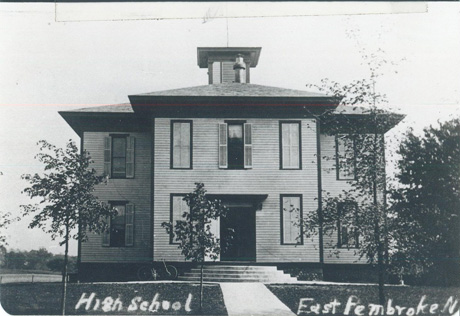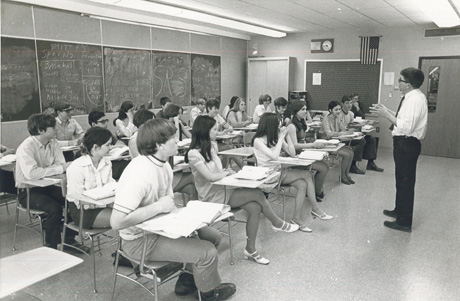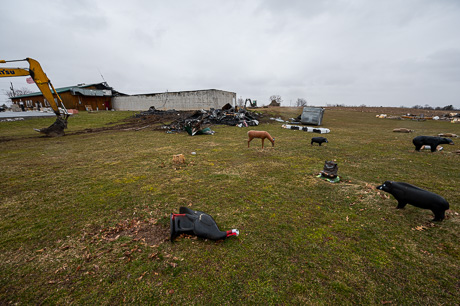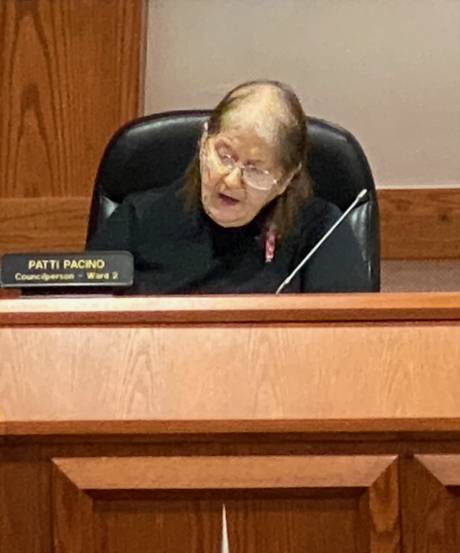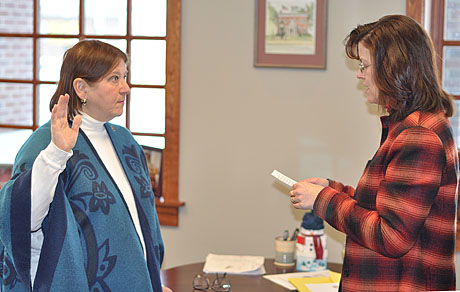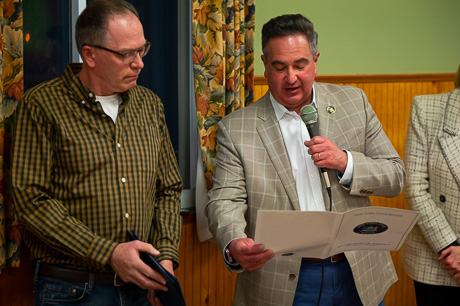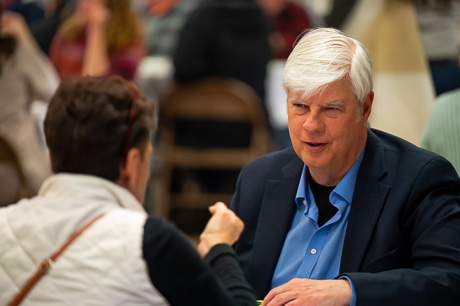Editor's Note: The name of this student has been changed to preserve confidentiality.
Howard wasn’t really into vaping.
Yet he was doing it socially when hanging out with friends.
And he would also vape in school.
He didn’t get a buzz or feel much of anything at all, he said. But he wanted to go along with the group.
“I think they thought it was mostly cool,” he said at Batavia High School. “I used them from my friends.”
Howard never actually bought any vaping products, and only used them when friends offered.
That is, until it all came to a crashing end. He got caught vaping in class.
“I was mad, kind of scared. I knew my sports would be done,” he said. “I got ATS, and talked to the assistant principal.”
ATS, alternative suspension, is done in-school during the day instead of placing the student at home. Howard was also given another option to take a session of Vape University to reduce his sentence. The university was a pilot program and Howard was the pilot, so to speak, to go through it.
He met one-on-one with math teacher Mark Warren, who was one of four or five teachers who had volunteered to train for the program. They reviewed facts about and negative consequences of vaping.
For example, do you know what’s in a vape cartridge? It may sound all fruity delicious with bubblegum, strawberry cream, blackberry lemonade and watermelon flavors, but, according to the Vape U materials, it contains nicotine, acrolein, an herbicide used to kill weeds, aldehydes, one of the most toxic components of tobacco smoke and cause of cardiovascular disease, ultra fine particles that include heavy metals and flavoring ingredients that can cause irreversible lung damage.
Yet the marketing makes the product seem innocuous and homes in on kids. Perhaps that’s why the first e-cigarette or tobacco product that four out of five youth try is flavored. Want a creme brûlée draw anyone? By 2019, there were 5.4 million middle and high school students using e-cigarettes across the country, the material states.
That’s one of the more surprising facts to Howard, he said. He didn’t realize how many kids were actually vaping. He knows it goes on, but it doesn’t seem all that prevalent, at least not at BHS, he said.
Did you know that some of the short-term effects of vaping include:
- Reduced lung function
- Shortness of breath and wheezing
- Nicotine dependence
- Decreased sense of smell and taste
- Teeth discoloration and decay
- Bad breath
- Diminished capacity in sports
- Skin appears pale and unhealthy
And a few of the long-term effects include:
- Asthma, lung cancer, COPD
- Diabetes complications
- Stomach cancer and ulcers
- Wrinkled skin
- Mouth and throat cancer
- Heart disease
- Infertility
- Weak bones
Warren also talked to students about their reasons for getting into the habit, and replacements for the behavior. He also listens when needed, he said.
“I’m an additional person, so they can talk to their teachers or counselors administrators, other people in the building, and this just gives one more friendly face,” Warren said.
And what happens if the student doesn’t show up?
“So that would extend the consequence side of it. That's part of our work with the parents. And so we definitely want a consequence side to vaping. But we also really want to help students out, that's why we would have a program like that in the first place, our goal is for (this student) or any of the other students that number one, they were educated on it, and that we were able to come up with a good plan to see if the nicotine is really affecting them, and that they have some replacement behaviors in school,” high school Principal Paul Kesler said. “You know, and so, ultimately, we don't want to see the students missing a lot of class, if it's something that we can help with on the education side of it, and the replacement behavior side of it.”
Students are also given a Quit Kit containing the essentials: suckers, gum, a hair tie to fidget with, and mints. While seemingly frivolous tools to combat potential addiction, it’s important to have something to replace the vaping behavior, Warren and Director of SOAR Chris Merle said.
Students are also confidentially referred to a GCASA counselor who has been working with the district for at least the last five years, Merle said. Referrals are for various issues, including vaping and drug use.
“And so she meets with them confidentially. So, you know, she's very aware of our programming with Vape University and we're very aware of the work that she does with our students. The parents are on board and know that it's happening,” Merle said. "But again, that's sort of part of our combination of … really working with students and giving them access, they might reveal the level that they're struggling with, and then GCASA working with parents could offer further services, or any other agencies in the area as well.”
Students caught vaping don’t have to attend Vape University, but it would reduce the amount of time that they’re out of class and in suspension or alternate suspension. For Howard, his automatic removal from sports also meant another step that he chose to take.
He faced a committee and “I had to tell them why I should be on the team,” he said. He spoke of his qualities and that he was an asset to his team. And that he wasn’t going to be vaping any more.
He was allowed to return, and as a multiple-sport athlete, was grateful for that.
“They let me back on, that made me happy,” he said. “I got a second chance. It made me prove I could be better.”
The downside was that he couldn’t maintain some of his friendships with kids that continued to vape.
“I told them I’m not doing it any more. It’s not cool; it’s just the appearance (of it),” he said. “I didn’t want to surround myself with things they were doing. I pulled myself away from them.”
One success story down, many to go. At least from how Merle describes it. Most school districts are seeing an increase in vaping, she said. “Everywhere.” COVID, as with other issues, can be blamed for this too, at least somewhat. Merle believes that when kids were home a lot more, often alone, there was more opportunity to vape.
“The market has grown exponentially. It’s hit that demographic as well,” she said. “That’s what the American Lung Association will tell you as well, and more research, that it’s really grown a ton in the past few years.”
As for Batavia district’s own research, Vape U leaders will be looking at repeat offenders as markers of their program’s success. With this being year one that began in January, and about a dozen student graduates of Vape U, they have a ways to go before being able to identify solid trends and positive habits, but organizers feel it’s a good start. No repeats yet. There is a survey given to participants at the beginning of the program that will also be used to collect data.
Meanwhile, students will probably continue what students have been doing for decades — smoking (or vaping) in the bathroom, locker rooms, outside of school, in their cars, and the brave ones will do it in classrooms, until they possibly get caught one day. And Batavia officials will introduce them to Vape U.
Warren has noticed a few differences between cigarettes and vaping in the minds of kids today.
“There are kids who would never fathom smoking a cigarette, but think that vaping is ok,” he said. “They see vaping as so less harmful than cigarettes.”
Kesler wants parents to know that this is not just for students.
“As we move into next year, if you have a concern, please contact us. We would love to have this as a resource for parents,” he said.
The district is launching a similar program at the middle school.
Top Photo of Director of SOAR Chris Merle, BHS Principal Paul Kesler and teacher Mark Warren; and individually as they discuss issues about vaping; a Quit Kit with replacement supplies; and materials used at Vape University. Photos by Howard Owens.





